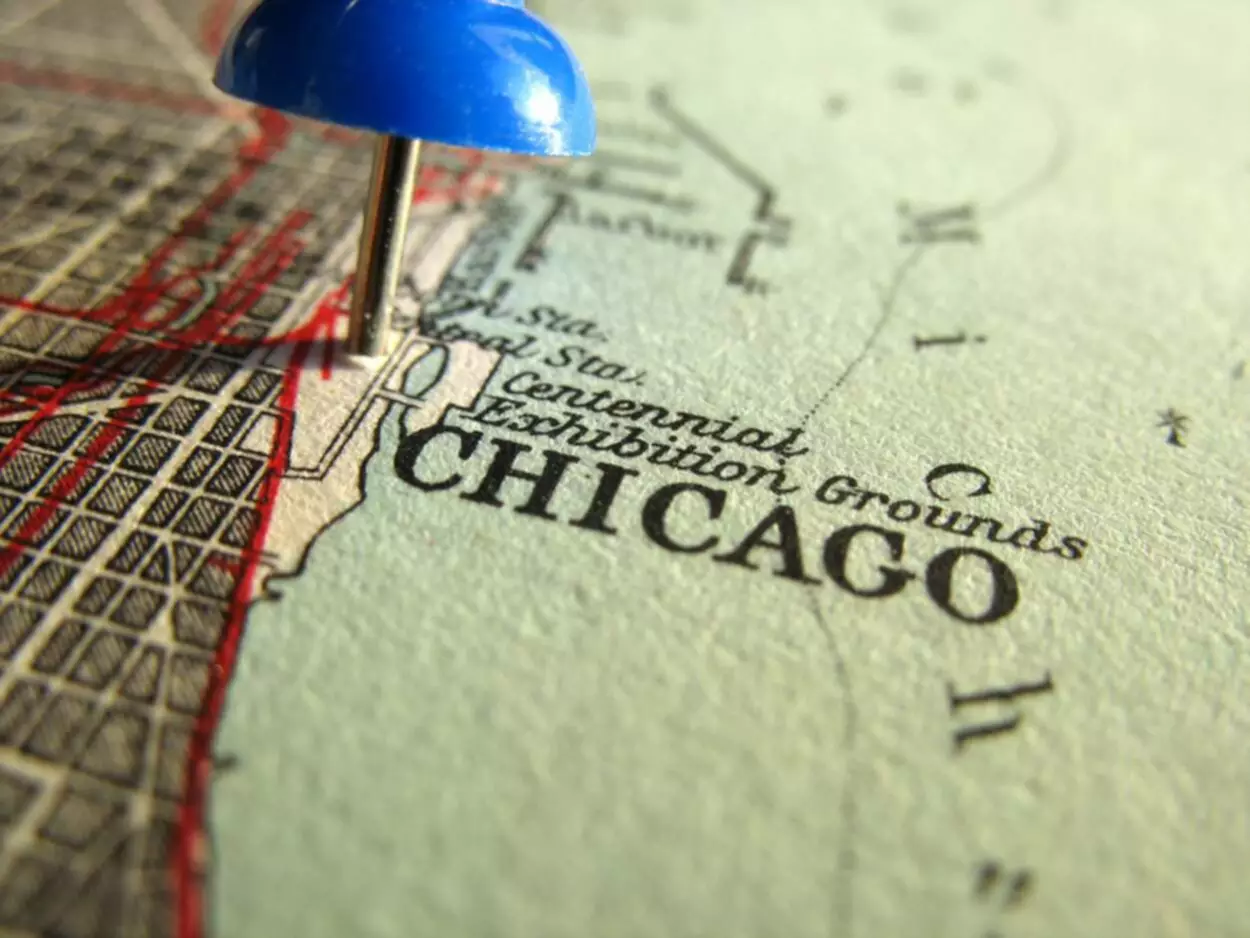Double-entry bookkeeping Wikipedia
Content

The earliest extant accounting records that follow the modern double-entry system in Europe come from Amatino Manucci, a Florentine merchant at the end of the 13th century. Manucci was employed by the Farolfi firm and the firm’s ledger of 1299–1300 evidences full double-entry bookkeeping. Giovannino Farolfi & Company, a firm of Florentine merchants headquartered in Nîmes, acted as moneylenders to the Archbishop of Arles, their most important customer. Some sources suggest that Giovanni di Bicci de’ Medici introduced this method for the Medici bank in the 14th century, though evidence for this is lacking.

The majority of business firms worldwide rely on double-entry systems, even though they are more complex and more difficult to use than the more straightforward alternative, single-entry systems. Our company was able to raise $1 million in cash, reflecting an “inflow” of cash and therefore a positive adjustment. Let’s say you just bought $10,000 of pet food inventory on credit. When the overall financial scenario is crystal clear, making financial decisions is easier as decision-makers remain well informed. As the liabilities are well mentioned, it is easier to identify the financial obligations. There is a unique reporting structure, and, therefore, the records remain well-organized. The credit side is to the right, and the debit side is to the left.
Join over 140,000 fellow entrepreneurs who receive expert advice for their small business finances
This value will not decrease as long as the company owns the assets. However, the asset’s book value does change downward from year to year, as the balance sheet shows. Contra Account 175, Accumulated depreciation, factory manufacturing equipment, is taken from the Account 163 value, to produce the Balance sheet result Net factory manufacturing equipment.
- For this reason, the balance in a contra liability account is a debit balance.
- If you attempt to post an entry into accounting software that is not balanced, you’ll get an error message.
- So this amount is debited to your account and raises the account balance to $4500.
- They choose double-entry accounting because it is nearly impossible for them to meet government and regulatory requirements for reporting and record-keeping using a single-entry system.
The choice also impacts the firm’s ability to track and manage assets, debts, and owner’s equity. The chart below summarizes the differences between single entry and double entry accounting. The debit and credit treatment would be reversed for any liability and equity accounts. Credit to Asset → On the other hand, if the effect on the asset account’s balance is a reduction, the account would be credited, i.e. the right side of the accounting ledger. Increase an asset account, or decrease a liability account or equity account (such as owner’s equity).
Get QuickBooks
When you debit a stockholders’ equity account, you increase its balance; when you credit a stockholders’ equity account, you decrease its balance. The offsetting debit and credit transactions might look appear as follows in the bookkeeper’s journal. From the example Chart of Accounts, below, you can see that Accounts Receivable and Allowance for doubtful accounts are both asset accounts. Allowance for doubtful accounts, however, is a contra-asset account that reduces the impact contributed by Accounts receivable. The Balance sheet result is a “Net accounts receivable” less than the initial Accounts receivable value. The firm could, for instance, credit $100,000 to another asset account, reducing that account balance by $100,000.
All such information is provided solely for convenience purposes only and all users thereof should be guided accordingly. Advisory services provided by Carbon Collective Investment LLC (“Carbon Collective”), an SEC-registered investment adviser. You can also tell it to flush out the account balances table at regular intervals, to validate that new account balances records get created with the correct balances from the lines table. Accounting 10 Tax Deductions To Do Now That Will Save Your Small Business Money This Tax Season Are you unsure about which business expenses to write off in order to save your money? Here’s a list of tax deductions your small business can write off. Accounting How To Avoid Tax Penalties – A Simple Guide Are you a small business owner trying to figure out how you can avoid tax penalties?
Double-Entry Bookkeeping-Accounting Systems
There are two different ways to record the effects of debits and credits on accounts in the double-entry system of bookkeeping. They are the Traditional Approach and the Accounting Equation Approach.
As a company borrows cash and buys goods and services on credit, the liabilities increase. Conversely, as liabilities are paid back, the balance on the account is reduced. There are various accounts used to double entry accounting record entries through the use of the double-entry system. There are 7 major accounts where all financial transactions are categorized in. Increase in an asset account will be recorded via a debit entry.
If you want your business to be taken seriously—by investors, banks, potential buyers—you should be using double-entry. Double-entry provides a more complete, three-dimensional view of your finances than the single-entry method ever could.
What is a double entry accounting system?
A double entry system of accounting is a bookkeeping process where there is an equal and opposite entry made in two different accounts simultaneously. The debit and credit sides are recoded simultaneously to be tallied for accuracy when required. Any mismatch, if identified, will indicate a bookkeeping error, which could easily be rectified as the records are organized in a proper pattern.
To increase the balance in a liability or stockholders’ equity account, you put more on the right side of the account. In accounting jargon, you credit the liability or the equity account. To decrease a liability or equity, you debit the account, that is, you enter the amount https://www.bookstime.com/ on the left side of the account. Just as assets are on the left side of the accounting equation, the asset accounts in the general ledger have their balances on the left side. To increase an asset account’s balance, you put more on the left side of the asset account.
